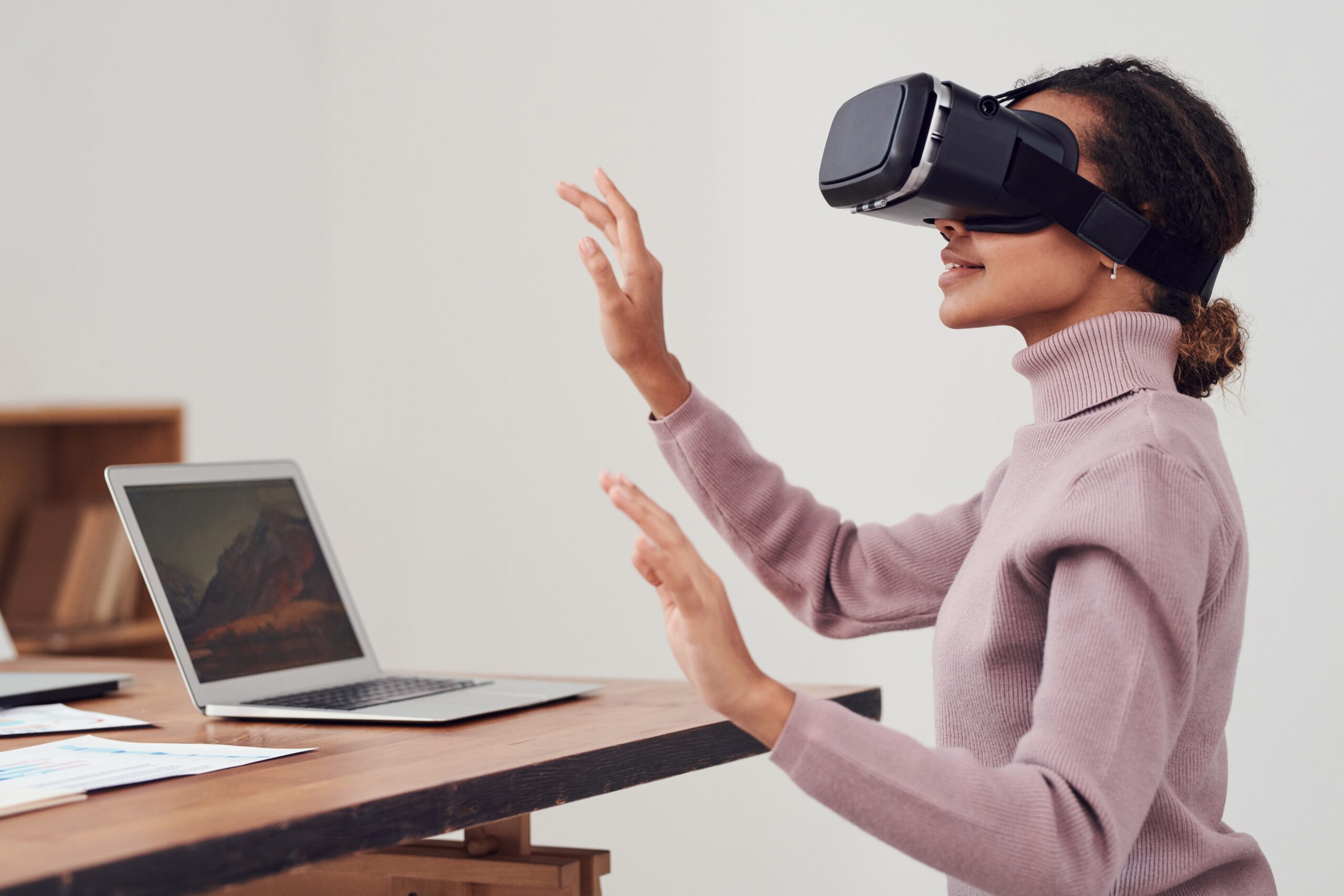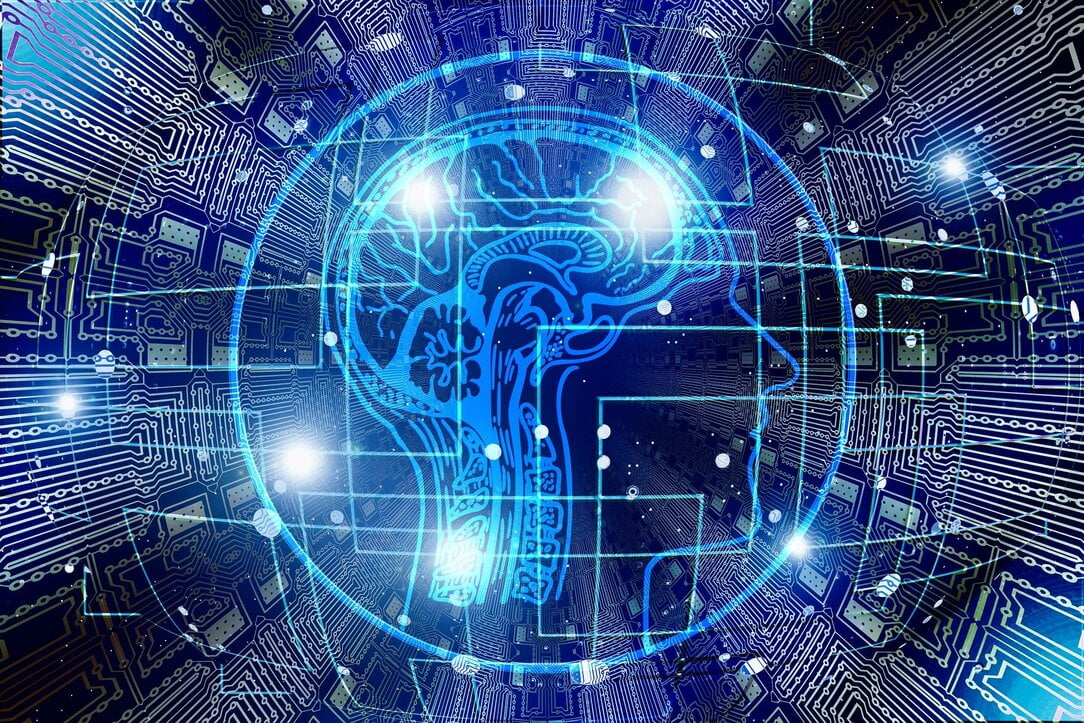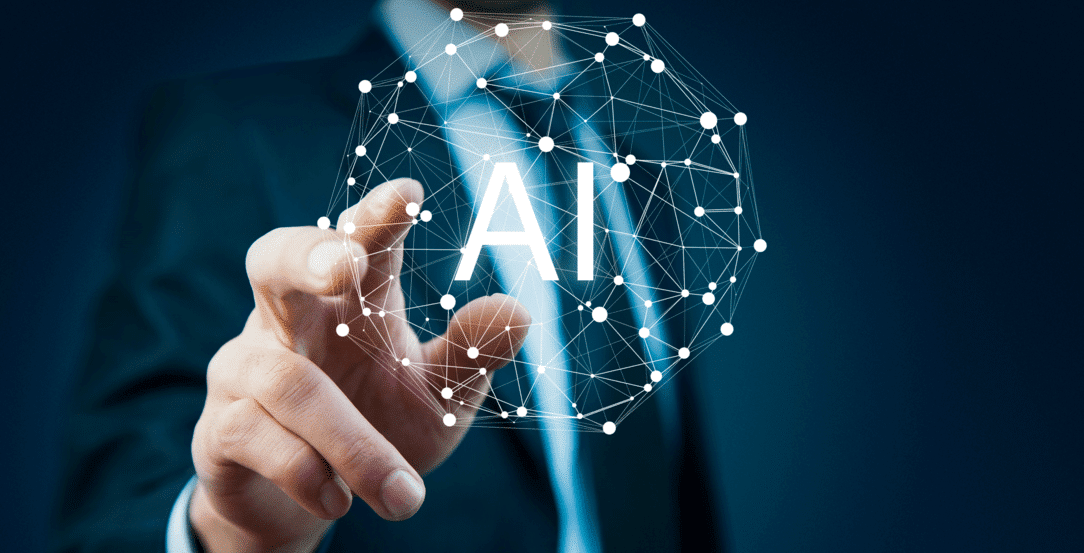The effective implementation of L&D strategies by organizations is becoming an increasingly difficult task every year. This is due to the fact that the millennial generation, which will soon dominate the labor market, has different training needs. Millennials also expect to take advantage of the new learning methods and the opportunities that technology offers today. Immersive learning is a response to the changing needs of employees – it is an extremely effective learning method that can effectively support the development of competencies in an organization.
This article will explain the following:
- How does the immersive learning experience affect the implementation of training strategies?
- How can VR and AR technologies support the development of competencies in an organization?
- What are the other benefits of immersive learning?
What is immersive learning?
According to the definition by Gartner, an immersive learning environment (ILE) is an educational experience created by using various techniques and tools that allow you to simulate real scenarios and environments in a virtual space in which the user has the opportunity to gain knowledge and interact with others.
Explained simply, it is a teaching method that involves immersing the participant in a virtual world created specifically for the purpose of achieving a particular educational goal. It is worth noting that this is an artificial and completely safe environment allowing students to learn through experience. Mistakes can be made without any risk and can provide conclusions for the future.
How is such a virtual world created? Designing a completely virtual environment or objects that will mimic those from the real world is possible thanks to the use of the following modern technologies:
Virtual Reality (VR) immerses the user in a completely virtual world in which it is possible to move around and interact with virtual objects and characters. Moving to such a world requires wearing special goggles.
Augmented Reality (AR) involves placing virtual objects in the surrounding reality. An artificially created additional layer superimposed on the real world is visible with the use of special glasses or mobile devices.
Mixed Reality (MR) allows the physical world to coexist with digital objects that can be interacted with in real-time. It is based on the combined use of VR and AR elements.
Video 360º involves the use of the so-called video with a spherical view. It allows users to find themselves in a specific place or room where a personal visit could be dangerous, too expensive, or simply impossible at a given moment.
Although immersive learning may seem a somewhat futuristic learning method, it is already widely used in L&D strategies in many organizations. Virtual and augmented realities are more and more commonly used in onboarding, on-the-job, and Occupational Health & Safety training courses. They allow new employees to take a virtual walk around the company premises, “meet” with the management, trace the entire production process, and even experiment in a completely safe environment in the company’s laboratory.

Why does immersive learning work?
Immersive learning and interactive content definitely have a highly positive impact on the level of student involvement. They offer unique educational experiences, the opportunity to immerse in virtual worlds, or even transfer entirely to a world known so far only from computer games. As a result, the immersion aspect effectively improves employee competencies and motivates them to further deepen their knowledge.
An attractive training offer and wide opportunities to improve one’s own qualifications are one of the most important factors in terms of retaining talents in the structures of the organization. Improving the employee retention rate translates into prospects for measurable savings.
Thanks to modern technologies, it is possible to create a completely safe training environment for employees and, at the same time, monitor their behavior – the tendency to risk, the reaction to stressful situations, etc. Mistakes made by employees in the virtual world will not have a negative impact on the company’s reputation, which is undoubtedly an advantage.
The use of virtual and augmented realities and using them to create proper educational materials is also a chance for considerable savings. They are generated not only through the aforementioned employee retention and freeing up the time of company experts who tend to be responsible for training, but also faster and more efficient handling of crisis situations.
In general, stopping production, even for a short time, incurs enormous costs for the organization. Thanks to thoroughly prepared training courses, employees will be able to remove many simple defects without the need to involve a specialist. The implementation of such a scenario is also supported by the so-called remote support, i.e. the use of AR technology to transmit the real-time image to a specialist who will perform a remote inspection and suggest what should be done to remove the defect.
The advantages of using immersive learning
Creating a virtual reality where employees will then acquire specific competencies is admittedly costly, but the return on the investment often happens quickly. This is clearly seen in large organizations where recruitment is permanent, and the necessary training is expensive, time-consuming, and requires the involvement of many trainers. In such cases, immersive learning is a scalable solution, and the rate of return on such investment is higher when more employees are trained on one well-designed training course.
The undoubted advantage of immersive learning as compared to traditional learning methods can also be found in higher efficiency and shorter time necessary to acquire specific competencies. The reason for this is the ability to combine theoretical learning with practical training, or – more precisely – the possibility to interact with virtual objects and simulate experiences from a real work environment. Students can control the virtual world freely and repeat specific scenarios any number of times. Consequently, they get rid of the fear of making a mistake, find a practical application for the acquired knowledge, and receive immediate feedback.
The importance of knowledge gained in a practical way has long been explained by the authors of the 70:20:10 model – McCall, Lombardo, and Eichinger. Their research led them to the conclusion that 70% of knowledge comes from work-related experiences, 20% from interactions with others, and only 10% from formal education and training. Immersive learning is experiential learning, which means that it belongs in the first category and not the last one, which includes traditional training.
How to shift from traditional classroom and e-learning education to immersive learning? It will certainly be necessary to carefully analyze the training needs, as well as to create an appropriate system infrastructure. A modern Learning Management System (LMS) allows organizations to create and handle VR and AR training courses. If your Learning Management System does not have these features, you should look at what functionalities Samelane offers. And if you’re already interested in Samelane, you can read more about our platform and plans for the future for in an interview with our CEO.










